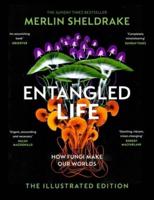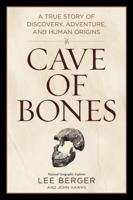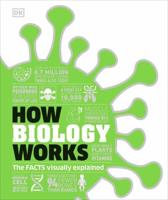Publisher's Synopsis
Wound healing has three overlapping steps: 1) coagulation and inflammation, 2) the proliferation and formation of new tissue, and 3) tissue remodeling. The initial phase of acute wound healing is the coagulation and the formation of a temporary wound matrix. This phase begins immediately after the injury and is completed within a few hours. Inflammation is crucial to the clean-up-repair process. Early inhibition of inflammation can hinder regeneration processes. Inflammation is associated with the activation of the innate immune system. At the site of inflammation, neutrophils appear first, followed by monocytes, which may differentiate into macrophages. The main function of macrophages and immune cells is to remove cell debris and microorganisms. These cells, in addition to the functions mentioned below, play an essential role in preparing the next phase by coordinating cellular processes. The second phase starts with the division of the cells. This process allows damaged and lost structures to be replaced. Granulation tissue formed by the extracellular matrix (ECM) and new blood vessels generated by angiogenesis fills the lesion. This process usually takes 2-10 days. In the final phase, the blood vessels regress, the inflammation resolves, and the granulation tissue becomes functional tissue. In this phase, the ECM transforms from a temporary ECM to a permanent collagen matrix. This phase starts 2-3 weeks after injury and can last for years if tissue regeneration is inadequate.











